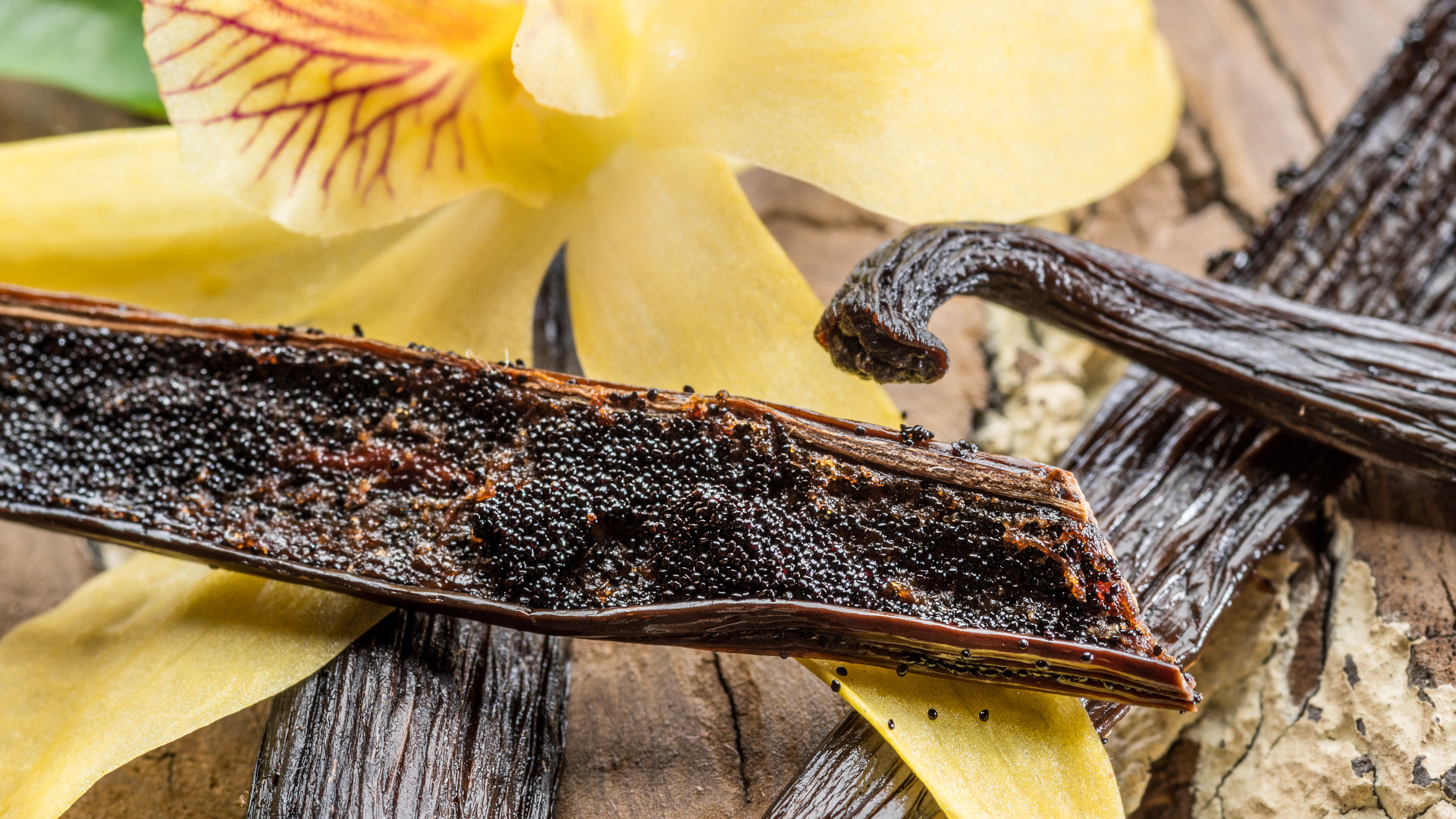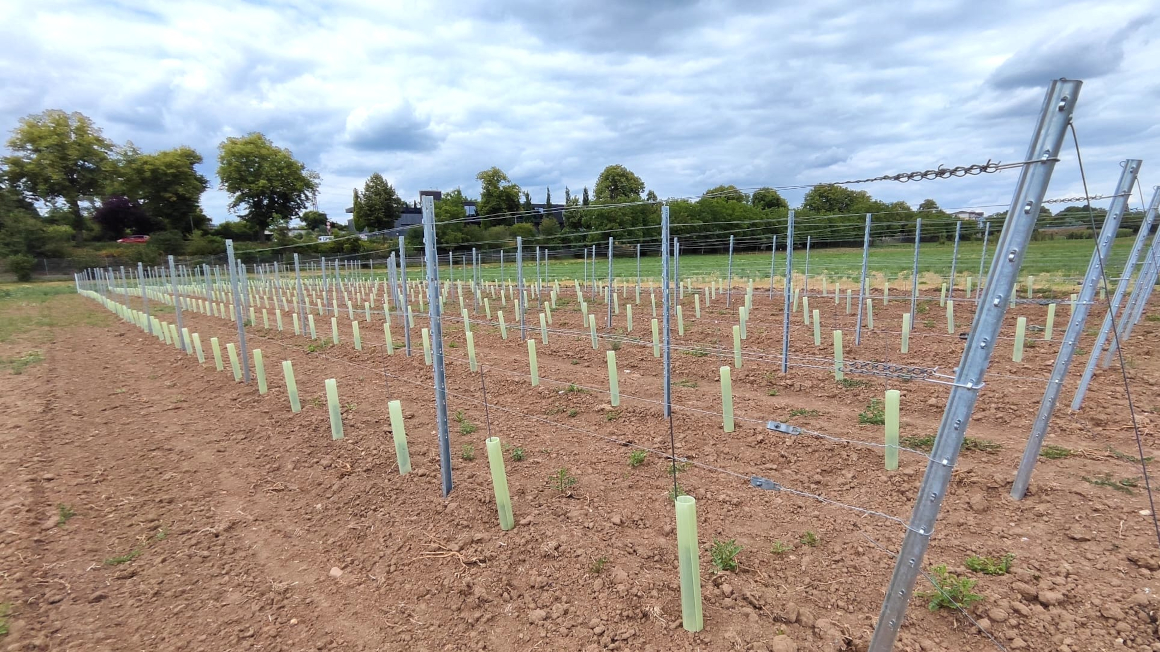How a soil fungus fights nematodes
Researchers in Jena have been able to clarify how the soil fungus Mortierella alpina naturally protects plants from predators and could thus make agriculture more sustainable.
The soil fungus Mortierella alpina is no stranger to biotechnology: It is already being used to produce long-chain fatty acids, which are used as food supplements for baby food, for example. Researchers from Jena now report that the soil fungus could also be the key to sustainable agriculture. As part of a study, a team led by Hannah Büttner from the Leibniz Institute for Natural Product Research and Infection Biology – Hans Knöll Institute (Leibniz-HKI) and researchers from the Leibniz Institute of Photonic Technology have investigated the mode of action of the soil organism in more detail and have now described it for the first time.
Molecular mechanism of action of malpinins elucidated
It is known that the fungus produces bioactive molecules called malpinins, with which it naturally defends itself against predators living in the soil, such as nematodes. The molecular mechanism of action behind this was previously unknown and can now be understood for the first time. The researchers investigated the effect of malpinins on model nematodes. Using imaging techniques such as fluorescence microscopy and Raman spectroscopy, they were able to track the natural substances live in the nematodes.
‘We were able to observe how the malpinins accumulate specifically in the digestive tract of the worms,’ explains the first author of the study Hannah Büttner from the Leibniz-HKI. ‘However, the nematodes did not die immediately, but stopped feeding. This ultimately led to a slow but effective control of the worms.’
Amino acid dehydrobutyrin kills nematodes
As the team reports in the Journal of the American Chemical Society, it is the ‘unusual amino acid dehydrobutyrin’ that is largely responsible for the worm-killing effect of malpinins. ‘Dehydrobutyrin has a reactive double bond and could therefore enter into reactions with molecules that are essential for the function of the nematode intestine,’ explains co-author Johannes Raßbach from the Institute of Pharmacy at Friedrich Schiller University Jena.
As a result of these reactions, important enzymatic processes in the digestive tract of the pests could be disrupted or the membrane structure impaired. According to the researchers, experiments have shown that ‘variants of malpinins in which the amino acid was replaced by a less reactive structure completely lost their effect’. ‘This indicates that precisely this structure is essential for biological activity. Without it, the compound is ineffective,’ says Raßbach.
Replacing pesticides in agriculture
The Jena research group is therefore convinced that Mortierella alpina's bioactive molecules can make agriculture more sustainable and replace conventional pesticides in the fight against nematodes. However, further research into the soil fungus is needed before it can be used as a natural pest control agent.
The study was carried out as part of the ‘ChemBioSys’ Collaborative Research Centre and the ‘Balance of the Microverse’ Cluster of Excellence at Friedrich Schiller University Jena.
bb


